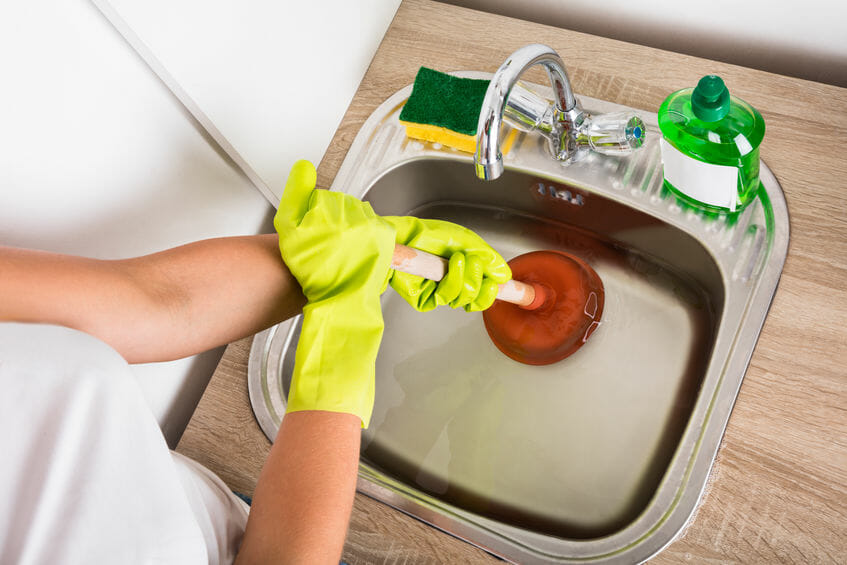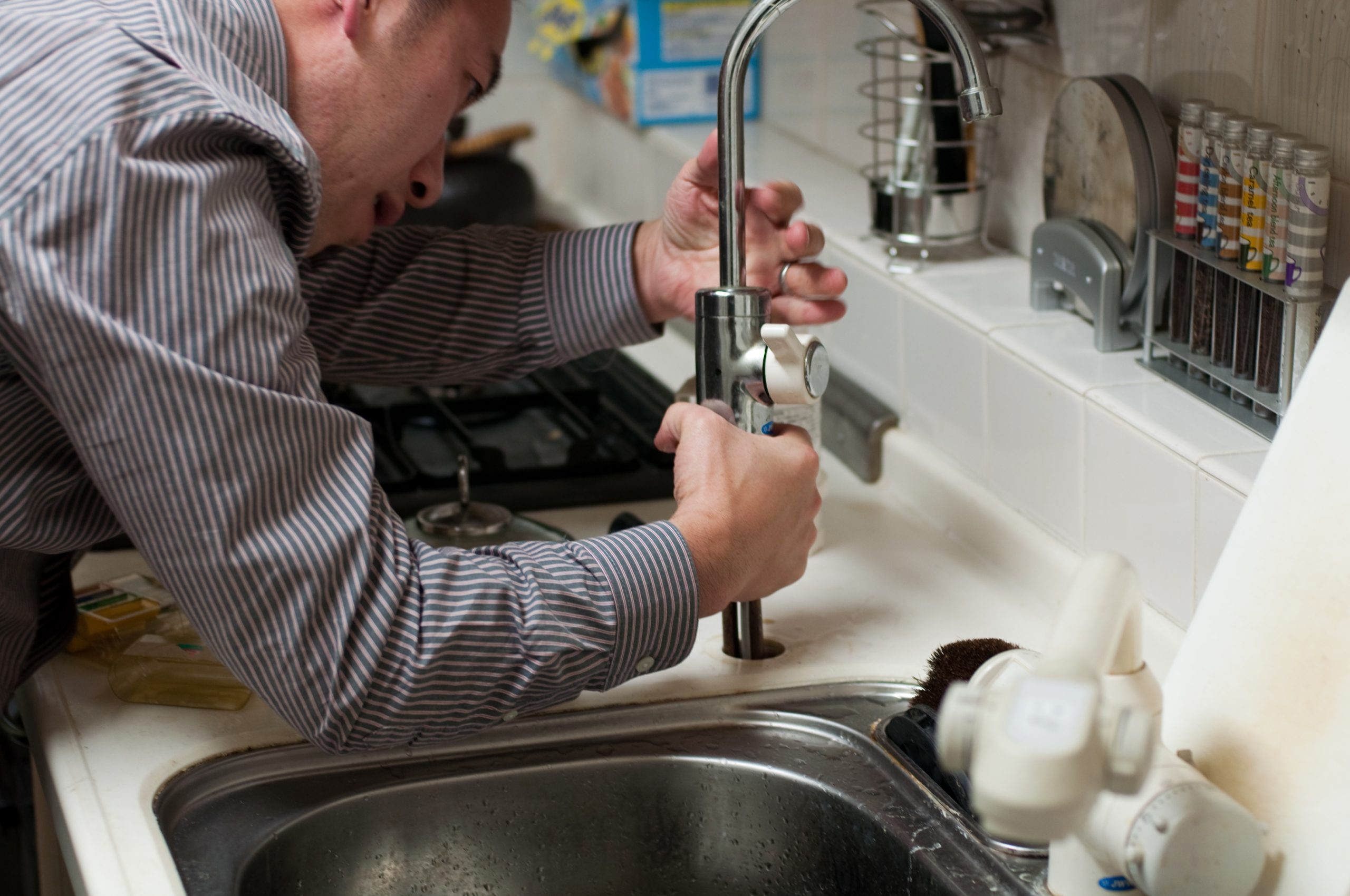Our Recommended Winterizing Strategies: Five Approaches to Guard Pipe Bursts
Our Recommended Winterizing Strategies: Five Approaches to Guard Pipe Bursts
Blog Article
We have uncovered this article relating to Prevent Freezing and Bursting Pipes below on the web and think it made sense to write about it with you on my blog.

All house owners who stay in temperate climates must do their best to winterize their pipes. It is something you need to do during fall prior to deep winter months genuinely begins. Failure to do so can mean catastrophe like icy, split, or burst pipes. If the weather condition exterior is frightful, here are some handy winterizing hacks to keep your plumbing system shielded even.
Try a Hair Dryer or Heat Weapon
When your pipelines are virtually freezing, your dependable hair clothes dryer or heat gun is a blessing. Bowling hot air straight right into them may help if the hot towels do not assist displace any clearing up ice in your pipelines. Nevertheless, do not make use of other items that produce straight fires like a blow torch. This can lead to a larger calamity that you can not regulate. You may end up damaging your pipes while trying to melt the ice. And also over time, you may even end up melting your residence. So beware!
Open Cupboard Doors Hiding Plumbing
When it's cool outside, it would certainly be valuable to open cabinet doors that are camouflaging your pipelines. For instance, they could be somewhere in your cooking area or restroom. This will permit the warm air from your heating unit to distribute there. Consequently, you avoid these subjected pipes from freezing. Doing this tiny technique can keep your pipes warm and restrict the potentially hazardous outcomes of freezing temperature levels.
Take Time to Wrap Exposed Pipes
One simple as well as great hack to heat up icy pipelines is to wrap them with warm towels. You can likewise make use of pre-soaked towels in hot water, simply do not forget to wear protective gloves to secure your hands from the heat.
Switch on the Faucets
When the temperature level decreases and also it seems as if the icy temperature level will last, it will certainly assist to turn on your water both inside and outdoors. This will maintain the water streaming with your plumbing systems. You'll finish up squandering gallons of water this method.
Shut Off Water When Pipelines are Frozen
Turn off the primary water shutoff right away if you discover that your pipes are entirely frozen or virtually nearing that stage. You will usually find this in your cellar or laundry room near the heating system or the front wall surface closest to the street. Turn it off as soon as possible to stop more damages.
Do not neglect to shut outside water resources, as well, such as your connection for the yard home. Doing this will prevent added water from filling out your plumbing system. Sadly, with more water, even more ice will certainly accumulate, which will at some point bring about burst pipelines. It is best to call a specialist plumber for an evaluation if you are unclear regarding the state of your pipes this wintertime. Taking this proactive method can conserve you thousands of dollars in repairs.
All house owners that live in warm environments have to do their ideal to winterize their pipelines. Failing to do so can mean disaster like icy, split, or burst pipes. If the warm towels do not aid remove any type of working out ice in your pipes, bowling hot air directly right into them may assist. Transform off the primary water shutoff right away if you observe that your pipelines are entirely frozen or virtually nearing that stage. With even more water, even more ice will certainly stack up, which will ultimately lead to burst pipelines.
PREVENT YOUR PIPES FROM FREEZING THIS WINTER
A Leading Cause of Property Damage
When the weather is taking a deep nose dive into the cold dreary days, the risk of your pipes freezing and potentially bursting skyrockets. Unfortunately, during these cold dreary months, burst pipes are the most common denominator for property damage. The pipes that are most at the risk are those that are in areas where it is most cold in your home. For instance, pipes located in interior places such as basements, attics, and your garage. Unfortunately, that doesn’t mean that the pipes running through your cabinets or exterior walls can’t freeze. Good news, however, is that you can do things to help prevent pipes from freezing.
How to Prevent Pipes From Freezing
Once the temperature starts to drop during the winter, you should be taking the proper measures needed to ensure that your pipes stay warm and that there is circulation of water through them. Some steps that experts may recommend could go against your better judgement when it comes to saving water and heat. However, it would go without saying that when expenses are compared, damaged pipes could put a bigger dent in your wallet than a water bill.
What Can I Do?
Keep your garage door closed. This is very important, especially if you have water supply lines running through your garage. Open your kitchen and bathroom cabinets to allow warm air to circulate through them. Allow air circulation throughout your home. Keeping the interior doors open will once again allow the warm air to circulate inside your home. Ensure your thermostat is running the same temperature throughout the night and day. If you plan to be away from home during the cold months, set your temperature no lower than 55° F. This should provide enough heat to keep the pipes warm and prevent any remaining water inside the pipes from freezing. For more of a long-term solution, add insulation to attics, basement, and other crawl spaces around your home. By allowing your faucet to drip, it will alleviate pressure in the system. This is important because the pressure that is created between the blockage and the faucet can potentially cause the pipes to burst. Allowing the faucet to drip will prevent the pressure from building up, therefore keeping the pipes from bursting. Seal any cracks, openings, and crawl spaces around your home to prevent cold air from coming inside. This keeps your pipes-not to mention your home-warmer and less susceptible to issues caused by freezing temperatures. For the pipes in your home that are easily accessible, applying electrical tape to them might prevent them from freezing over. This is a quick fix, as you can apply the tape directly to the pipe. There are two options for heating tapes. One turns on and off by itself when it senses heat is needed. The other type of heating tape needs to be applied when heat is needed and removed when not necessary. If you have exposed pipes in your home, you can check this website to take a look at a few options that would be available at a shop near you.

Hopefully you enjoyed reading our piece about Prevent Freezing and Bursting Pipes. Thanks for finding the time to browse our blog. Kindly take the opportunity to share this page if you enjoyed reading it. I enjoy reading our article about How to Prevent Frozen Pipes.
No more stress, ring now. Report this page